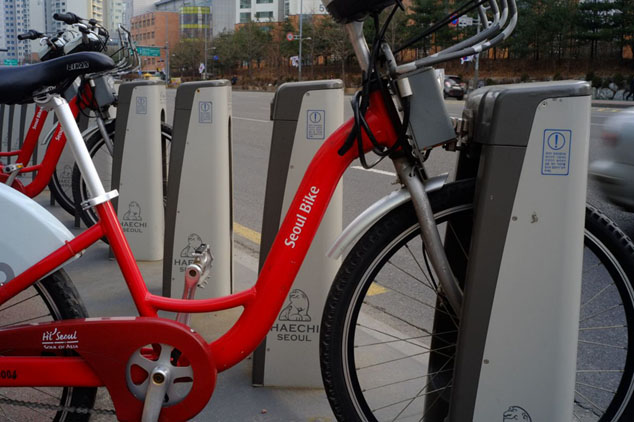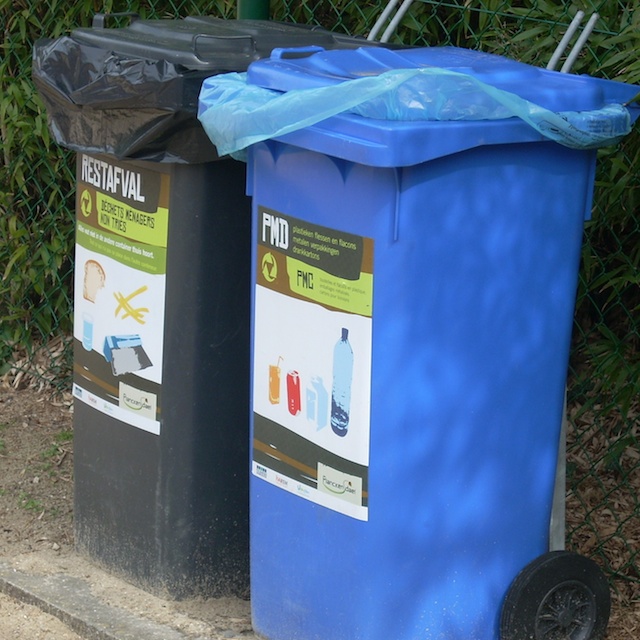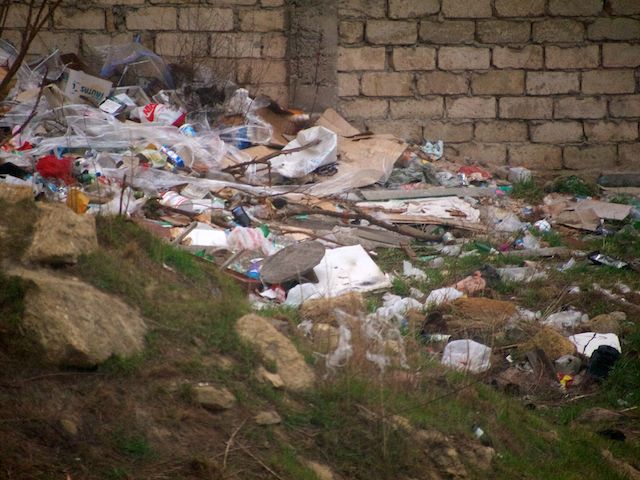5.3. 1: Approaches to pollution management
Pollution management strategies can be viewed as a three route approach
- Change Human activity which causes pollution
- Reduce the amount of pollutants released into the environment
- Clean up pollutants from the environment after they have been released
These three routes can be thought of as a hierarchy from best solution to just a restorative activity.
Changing Human actions has the greatest benefit overall, but is often the hardest to achieve and takes long term planning. If no pollution was produced in the first place there is no need for any intervention. Though often intervention is needed originally to help change the behaviours that contribute to pollution.
This strategy depends very much on behavioural change of people, industry / business and Governments and can come into conflict with short term economic tensions.
 Moving people from cars to bicycles as the primary form of personal transport in the developed would remove one of the main sources of atmospheric pollution, but depends on:
Moving people from cars to bicycles as the primary form of personal transport in the developed would remove one of the main sources of atmospheric pollution, but depends on:
- changes to infrastructure to support bicycle travels such as building cycle paths and cycle lanes.
- changing attitudes about cycling in bad weather
- the impact upon the automotive and oil industries through loss of revenue and fewer cars are sold
These are difficult ideas to sell.
 Reducing the amount of pollutant released into the environment has the next greatest impact. This help to control the source of the pollution rather than the effect of the pollution. This form of pollution management is built into government policies around the world where pollution regulation can have direct results. The Clean Air Act (1953) in the UK was an early pollution legislation measure. While business and industry are often the main focus of pollution legislation, domestic pollution may also be controlled by legislation. Many countries, especially in Europe have legislation that forces households to separate domestic waste so less waste enters landfill and recyclable products like PET bottles can be separated out easily.
Reducing the amount of pollutant released into the environment has the next greatest impact. This help to control the source of the pollution rather than the effect of the pollution. This form of pollution management is built into government policies around the world where pollution regulation can have direct results. The Clean Air Act (1953) in the UK was an early pollution legislation measure. While business and industry are often the main focus of pollution legislation, domestic pollution may also be controlled by legislation. Many countries, especially in Europe have legislation that forces households to separate domestic waste so less waste enters landfill and recyclable products like PET bottles can be separated out easily.
While reducing pollution, these measure still have to deal with existing pollution rather than completely removing pollution.
 Cleaning up pollution problems is the least effective way of dealing with pollution. This is dealing with the problem after the problem has already caused damage. Much of the old industrialised world has inherited the problems created since the industrial revolution. Cleaning up an already damaged environment is often costly and can often take many years from inception to complete clean up. Though often where heavy industry has been in the past or with contaminants such as radiation the clean up can only ever be limited.
Cleaning up pollution problems is the least effective way of dealing with pollution. This is dealing with the problem after the problem has already caused damage. Much of the old industrialised world has inherited the problems created since the industrial revolution. Cleaning up an already damaged environment is often costly and can often take many years from inception to complete clean up. Though often where heavy industry has been in the past or with contaminants such as radiation the clean up can only ever be limited.